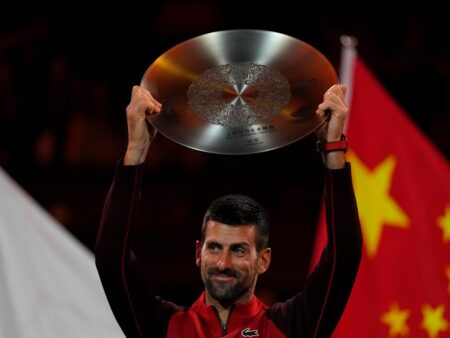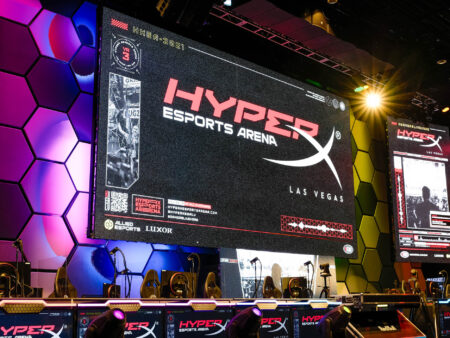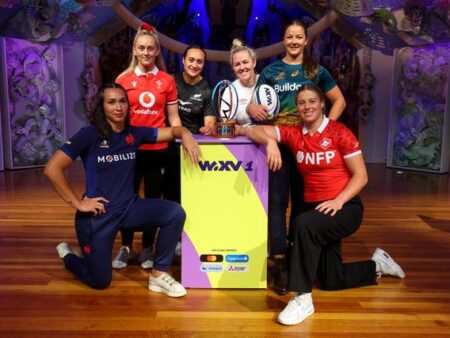
The transition from stadium entrance to changing room has quietly become a runway. Where once star athletes might have arrived in a tracksuit or casual wear, today`s top players often stride through corridors clad in bespoke formalwear from the world’s most prestigious design houses. This evolving spectacle is far more than a personal style statement; it signals a profound, financially astute convergence between the seemingly disparate realms of high fashion and professional sports.
Why Fashion Seeks the Field: Expanding Horizons
For centuries, the luxury fashion industry has meticulously cultivated an image of exclusivity, catering to an elite clientele. However, the inherent limitation of such a strategy is, ironically, the small size of that very customer base. In an era demanding broader market engagement and sustainable growth, luxury brands face a strategic imperative to expand their reach.
Enter professional sports. With billions of passionate fans worldwide, sports franchises offer an unparalleled platform for visibility. It’s a matter of psychographics: categorizing consumers not just by age or income, but by shared interests, values, and lifestyle aspirations. Sports fans, with their inherent loyalty and emotional investment in their teams, represent a vast, untapped demographic ripe for nuanced engagement. Brands like Louis Vuitton crafting bespoke trophy cases for global events, or Burberry partnering with individual football stars, exemplify this calculated pivot. It’s a subtle yet effective way to introduce haute couture to audiences who might not typically frequent Bond Street or the Faubourg Saint-Honoré.
Why Sports Embraces the Runway: Beyond the Pitch
The benefits are reciprocal. For sports teams and individual athletes, these fashion partnerships unlock novel revenue streams and significant branding opportunities beyond traditional sponsorships. As Fabien Allegre, Chief Brand Officer for Paris Saint-Germain (PSG), articulated, the objective extends beyond athletic success to becoming a “cultural brand.” This isn`t just about selling more jerseys; it`s about embedding the club`s identity into a broader lifestyle narrative.
PSG`s collaboration with Jordan Brand, a subsidiary of Nike, stands as a prime illustration. This partnership transcends simple kit design, creating a unique fusion of athletic performance wear and street-style athleisure. The synergy is so complete that the Jordan logo appears on PSG`s competitive kits, seamlessly blending sportswear heritage with high-fashion sensibility. It’s an authentic meeting point for two industries that once felt miles apart, earning PSG considerable style points and cultural cachet.
Similarly, PSG`s formalwear partnership with Dior, and Inter Milan`s with Canali, are more than mere uniform choices. They are deliberate declarations of identity, leveraging their cities` reputations as fashion capitals. When players step off the bus in tailored suits from a world-renowned atelier, they are not just representing their team; they are embodying a certain elegance, a precision, and an aspirational lifestyle that resonates far beyond the 90 minutes of play. This “lifestyle in its own right,” as Allegre describes it, elevates the club’s presence and appeal.
The Modern Fan: An Experience-Driven Audience
This strategic cross-pollination is particularly resonant with younger generations. Millennials and Gen Z, increasingly driven by “experience consumption” rather than just “product consumption,” are keenly attuned to authenticity and lifestyle branding. For them, a sporting event is not just a game; it`s an immersive experience, a part of their identity. When their favorite team collaborates with a prestigious fashion house, it adds another layer to that experience, making the club more than just a sports entity—it transforms it into a cultural touchstone.
The irony, perhaps, lies in the meticulous calculation behind these seemingly effortless displays of style. What appears to be a natural evolution of individual taste is, in fact, a highly strategic maneuver designed to capture attention, build brand equity, and unlock new markets for both luxury behemoths and global sports franchises. It’s a sophisticated game of chess, played out on the red carpet and the pitch alike, where every sartorial choice is a deliberate move towards expanding influence and redefining modern identity.
The Future Threads
As the lines between entertainment, lifestyle, and commerce continue to blur, the intertwining of high fashion and professional sports is poised for further expansion. It`s a testament to how elite industries adapt, finding common ground in shared values like excellence, identity, and the relentless pursuit of captivating a global audience. The next time you see a football star in a perfectly tailored suit, remember that you’re witnessing more than just a fashionable entrance; you’re observing a carefully constructed, multi-billion dollar synergy at play.









